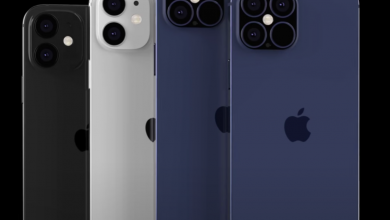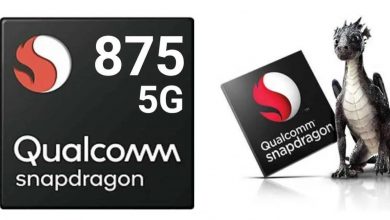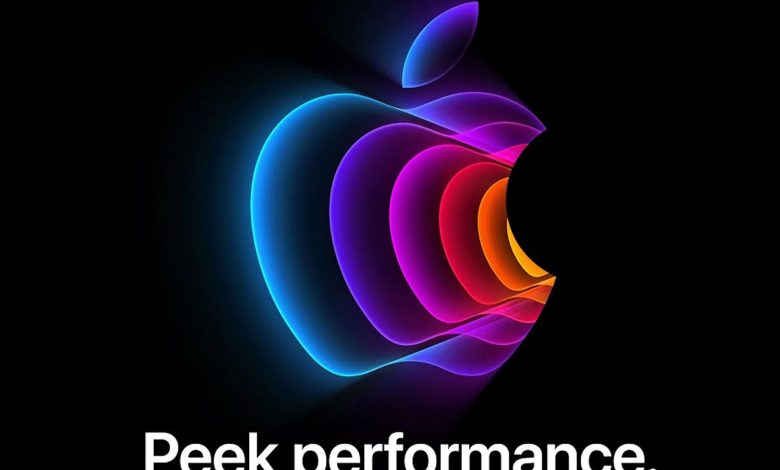
Apple’s Peek Performance event featured a number of new hardware announcements for midrange and professional users. Let’s break down some of the most impressive devices Apple revealed.
Apple, along with Major League Baseball (MLB), announced Friday Night Baseball, a weekly doubleheader with live pre and post game shows that will be available exclusively on Apple TV+ in the United States, Canada, Australia, Brazil, Japan, Mexico, Puerto Rico, South Korea, and the United Kingdom.

1. iPhone SE (2022)
The 3rd generation iPhone SE packs a whole lot of spec bumps into its all too familiar and very outdated iPhone 8 chassis. Available in three finishes, including Midnight, Starlight, and (PRODUCT)RED, the new iPhone SE features the latest-gen A15 Bionic chip.
The power efficiency and performance of the A15 Bionic allows for improved battery life as well as enhancements to the camera, including Deep Fusion for extra-detailed photos. The new iPhone SE is also equipped with sub-6 GHz 5G, making it the last device in Apple’s iPhone lineup to adopt 5G connectivity. Starting at a slightly more expensive US$429, the iPhone SE delivers high-end specs inside a familiar form factor.
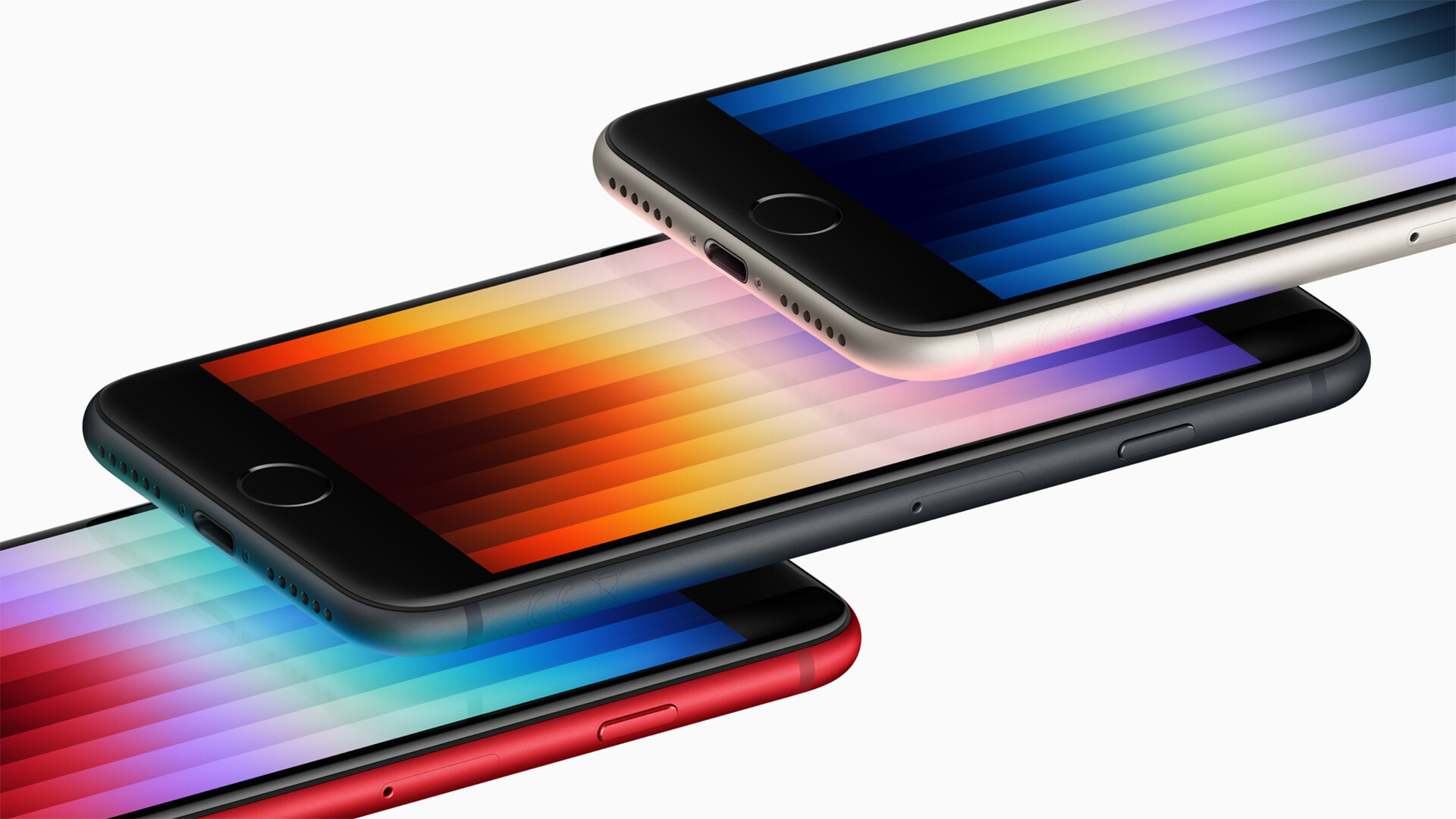
1.a iPhone 13 and 13 Pro With a New Shade of Green
Apple also announced that the iPhone 13 and the iPhone 13 Pro will now come in a new shade of green. The iPhone 13 and iPhone 13 mini feature a deeper, mossy hue simply titled green while the iPhone 13 Pro and iPhone 13 Pro Max feature a lighter shade called alpine green. The new colors will be available March 18. The phones have the same hardware as before so you are only getting a fresh coat of paint.

2. iPad Air (2022)
Like the iPhone SE, the new iPad Air is equipped with 5G connectivity and a selection of new colors, including Starlight, Blue, Pink, and Purple finishes. The new iPad Air also gains the ultra-powerful M1 chip (previously only available in Macs and the iPad Pro) replacing the previous A14 Bionic, and a 12 MP ultra-wide front camera with support for Center Stage for keeping subjects centered during video calls. It comes in new colors, including Purple and Blue. This time, Apple kept the same US$699 starting price for the 64 GB entry-level model and US$749 for the 256 GB configuration.
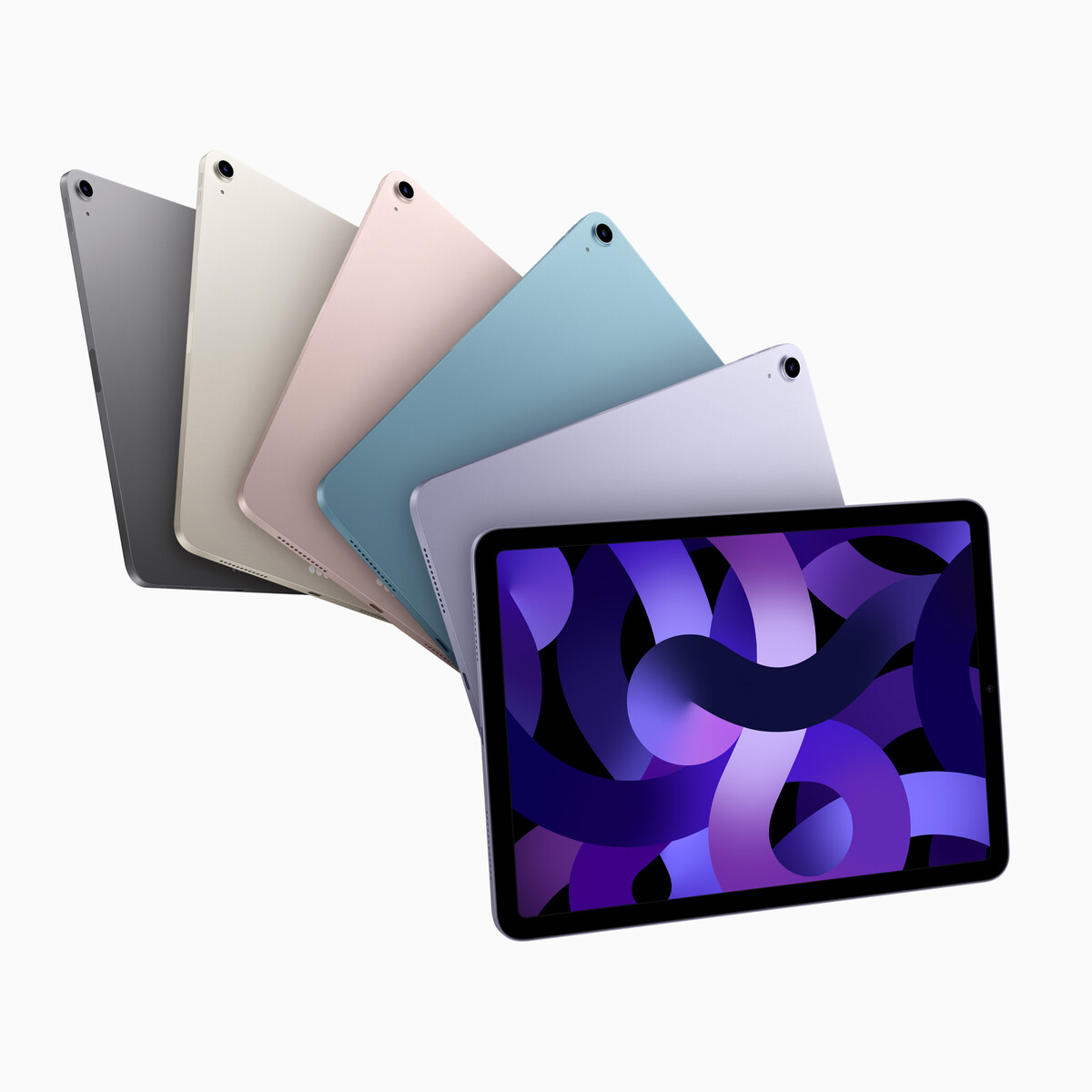
3. Studio Display
The new 27-inch Studio Display from Apple features 5K resolution, brightness up to 600 nits, and True Tone technology for automatically adjusting white balance based on ambient light conditions. The wide color (P3) display also features a 12 MP ultra-wide camera with 122° field of view adding support for Center Stage. A 6-speaker array allows for Spatial Audio while a studio-quality array of three microphones allows for clearer audio during video calls.
Enabling features like “Hey Siri”, Center Stage, and Spatial Audio is Apple’s A13 Bionic chip, which debuted inside the iPhone 11 lineup back in 2019. Behind the display, the I/O includes three standard USB-C ports and one Thunderbolt 3 port with 96 W host charging. The Studio Display starts at a hefty US$1,599, with a nano-texture glass configuration available for an even pricier US$1,899. The price includes a standard tilting stand but you can get an optional height adjustable stand or a VESA mount.
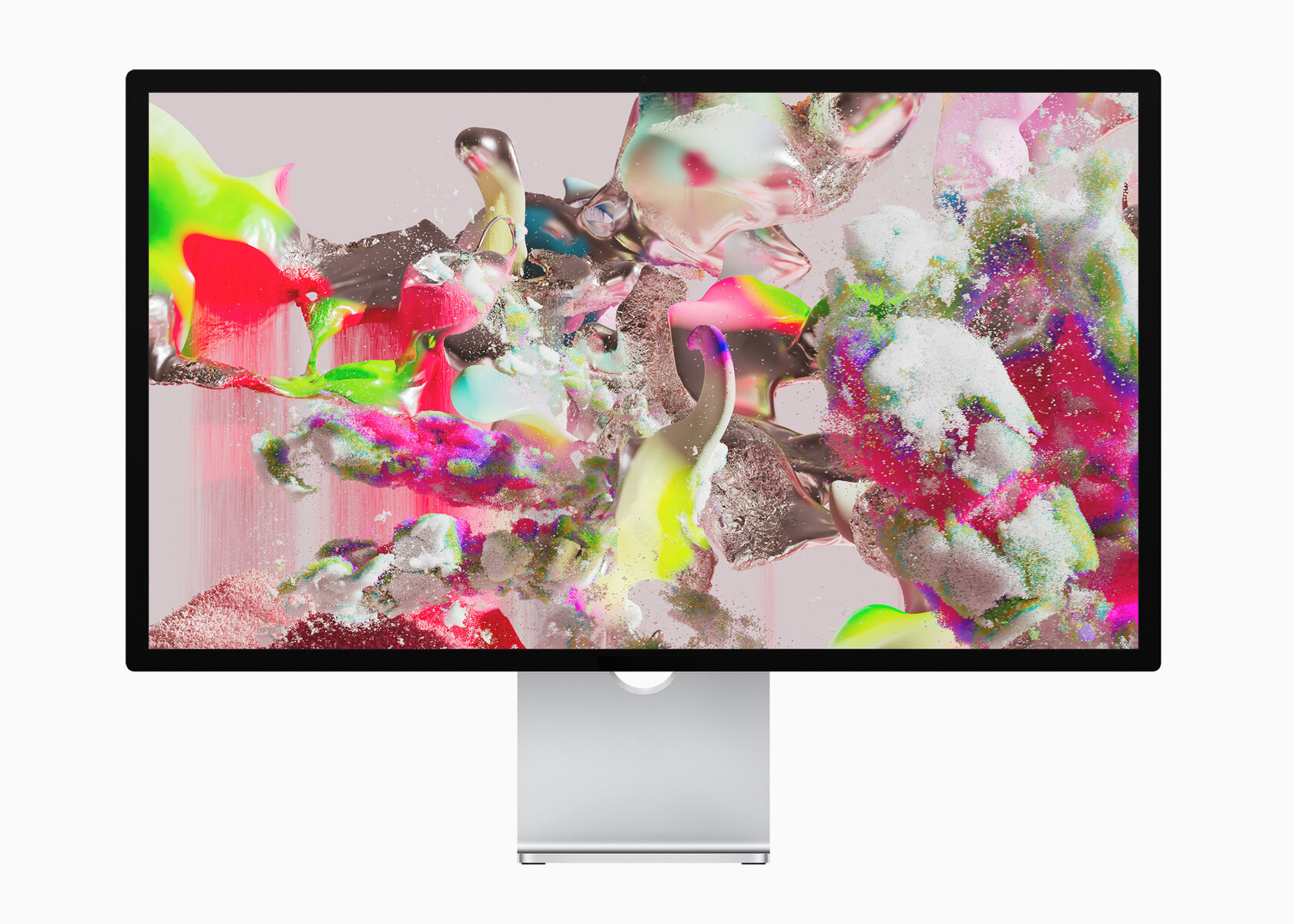
4. M1 Ultra
Apple also announced the next model in its M1 series of ARM-based custom processors, the M1 Ultra. The M1 Ultra is essentially two M1 Max connected together and thus features twice of everything. This includes a 20-core CPU, a 64-core GPU, 32-core Neural Engine, 128GB of unified memory, and the ability to playback 18 streams of 8K ProRes 422 video, thanks to the doubling of the media block on the SoC. The first computer to use this powerful new chip is the new Mac Studio.

4. Mac Studio
The Mac Studio is a modular desktop from Apple that starts at US$1,999 for the M1 Max configuration and US$3,999 for a configuration featuring the all-new M1 Ultra chip. M1 Ultra literally doubles down on the performance of M1 Max by fusing together two M1 Max chips using a new architecture that Apple calls UltraFusion.
The Mac Studio with M1 Ultra sports 20 CPU cores, up to 64 GPU cores, and up to 128 GB of unified memory. This Mac mini on steroids also features 800 GB/s of memory bandwidth with four Thunderbolt 4 ports, an SD card slot, and a headphone jack with support for high impedance headphones. The Studio Display along with the Mac Studio will be available March 18.
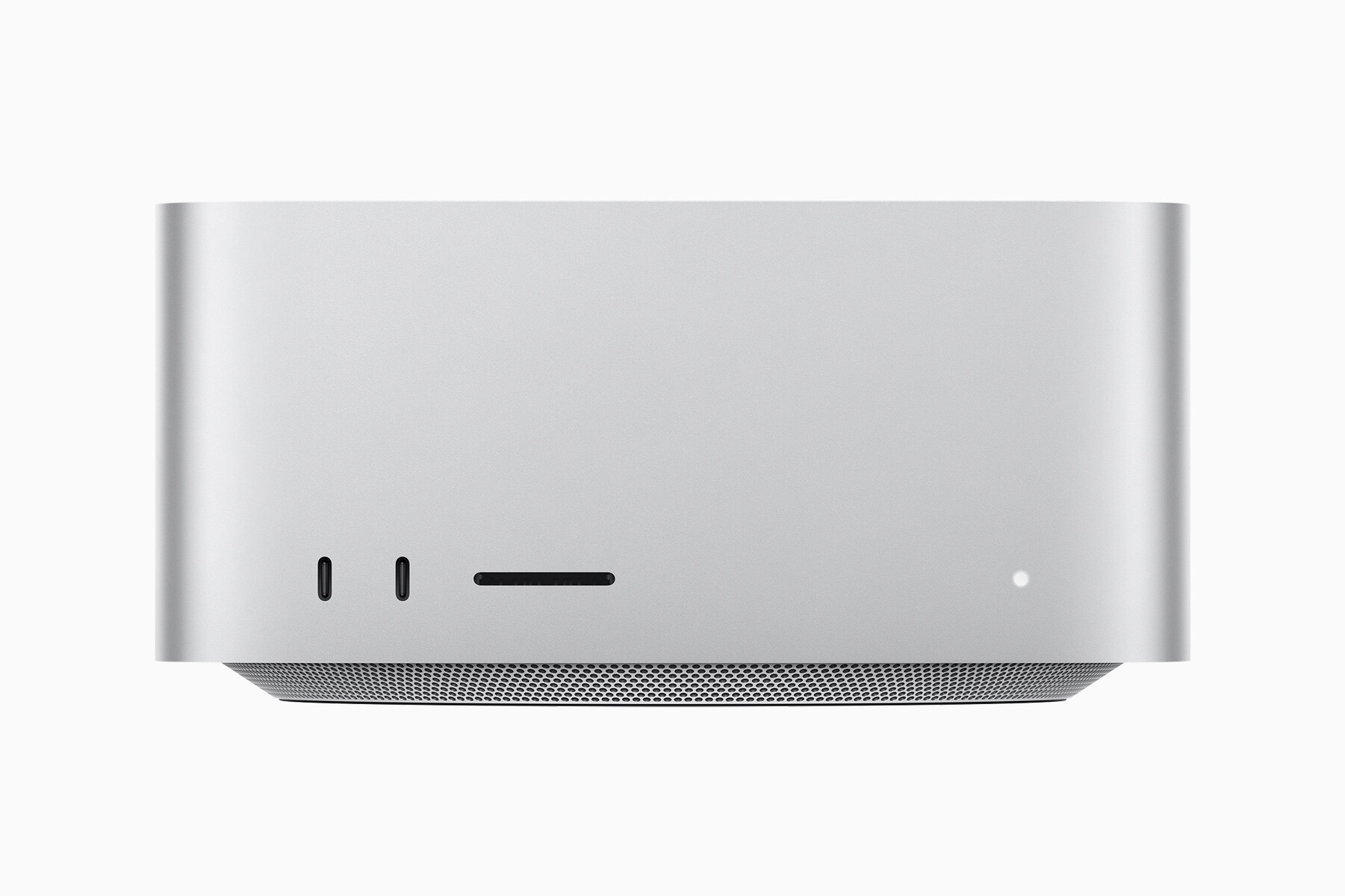
Finally, Apple also briefly mentioned the Mac Pro running Apple silicon. However, the company refused to elaborate further, stating that the announcement is for another day.



